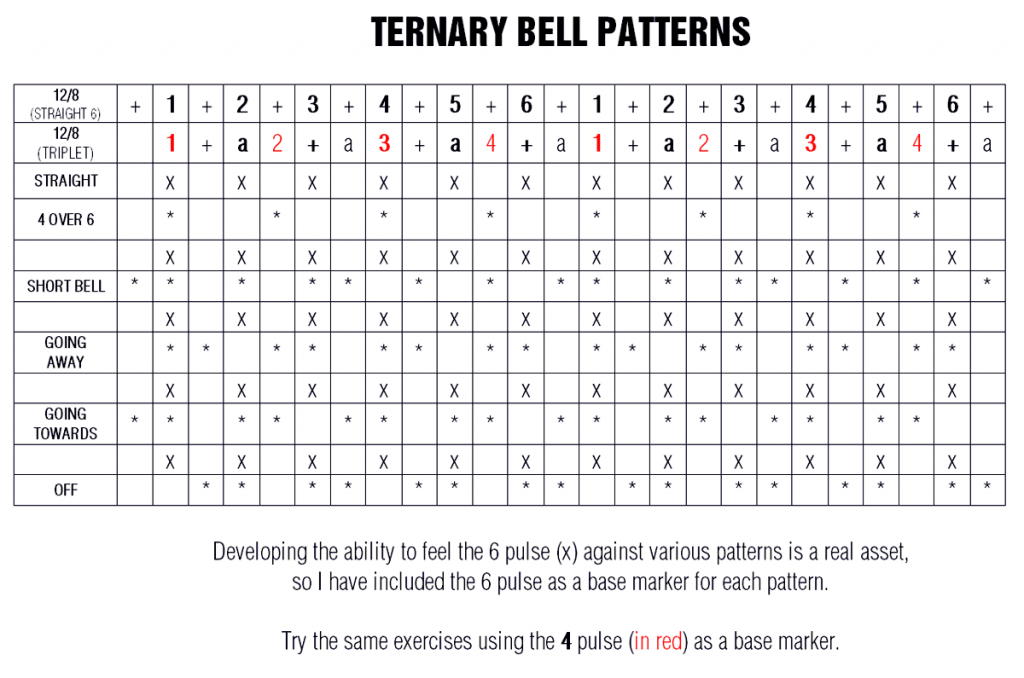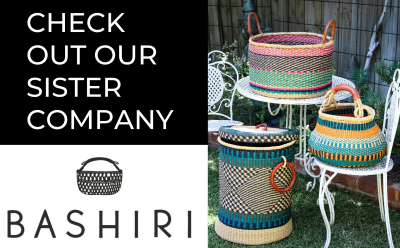Rhythmic Challenge for the morning is another 12/8 bell pattern ( to continue the theme for this month.)
Get familiar with the “short bell” pattern on one hand (or wok or any other kitchenware you have handy!)
1 2 3 4 1
x . x . x x . x . x . x x
Now play away from the beat on your other hand.
1 2 3 4 1
x x . x x . x x . x x
You can see a diagram of the different bell patterns on last week’s blog entry, here!
It is tricky, but when you land it, it is so satisfying! Really does something to the pathways in your mind and body.
Something is growing internally and something is discovered, quite an exciting experience!
Hope to see you on Thursday 6:00pm – 8:00pm (and Saturday 10:00am-12:00pm) this week for four hours of rhythmic insight at Simon’s Dexterity Workshop. Dan will be supporting us all on dun as we go on a polyrhythmic journey into our bodies and minds to massage out the rhythmic gristle!








